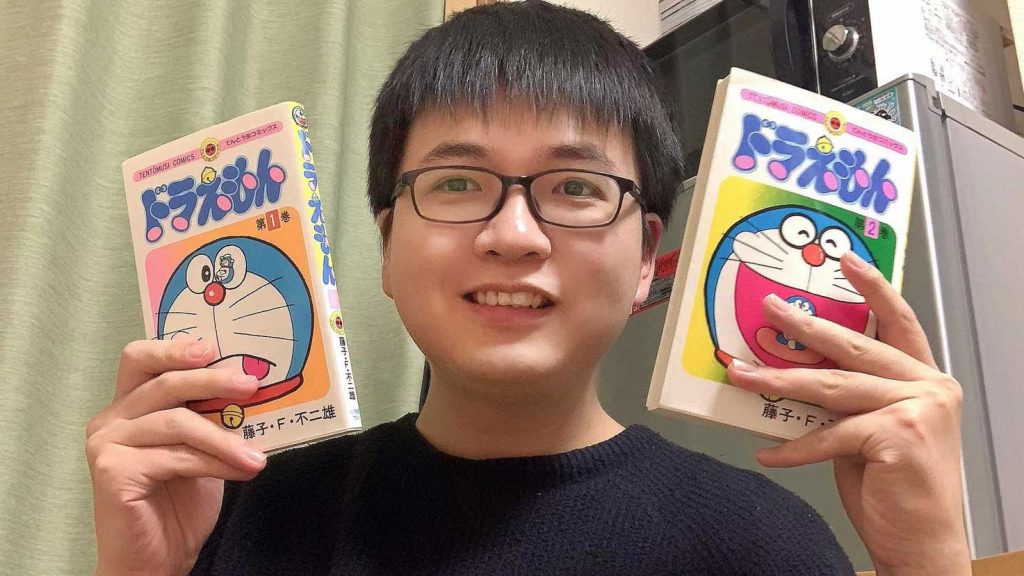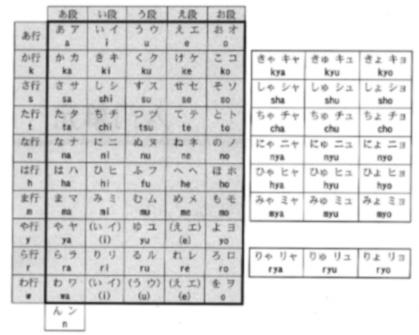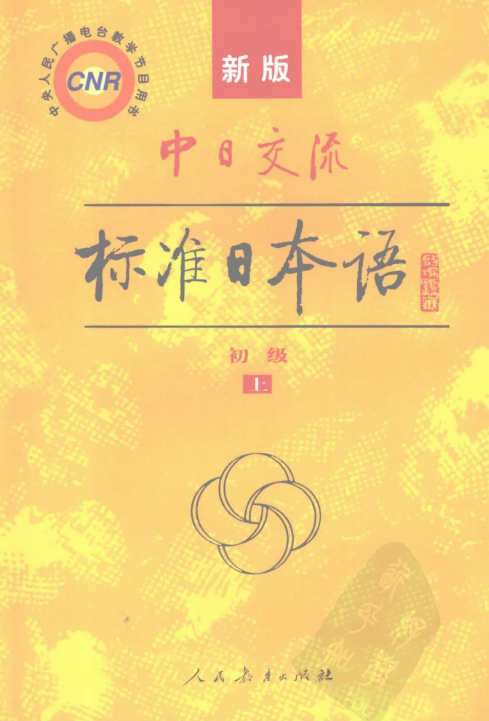Till now, I have been learning Japanese for many years, and systematically started learning more than six years ago. In this blog, I will share my experiences in learning through Japanese anime, dramas, and textbooks for the Japanese Language Proficiency Test (JLPT).
Watching Japanese Anime in Chinese
When I was in kindergarten and elementary school, I watched Japanese anime on TV every day after school. As far back as I can remember, Chinese television stations have broadcast anime such as Doraemon, Dragon Ball, and Digimon Adventure.
However, they were all Chinese dubbed versions. As I was very small, I didn’t even notice that some of these anime were from Japan.

Gradually Watching Anime in Japanese
When I entered junior high school, I watched anime such as Naruto, Bleach, Pokémon, and Hunter x Hunter through video websites or physical CDs — and this time they were all in Japanese. I was so much in love with Japanese “hot-blooded” anime! Gradually, I managed to pronounce the names of the anime characters’ unique skills. Sharing such memories makes me blush, but at that time, I found it cool.
Beginning to Study Japanese
After I learned how to pronounce the unique skills of the many anime characters, I felt as if I had mastered Japanese pronunciation! Then I thought, why don’t I start learning the “kana” characters (hiragana and katakana) so that I could check my pronunciation?
Memorizing the 50 Kana
During the summer vacation in my first year of junior high school, I moved on to buy a textbook that contained a 50 kana syllabary chart. Every day, I tried to memorize five kana, and reviewed those I had learned before. Finally, I knew all kana by heart, and I was able to read some simple sentences.

Photo 2: 50 Kana Syllabary Chart. You can find the printable file here → https://tsunagarujp.bunka.go.jp/assets/download/hiragana_katakana_ver202210.pdf
Listening to Japanese Frequently and Extensively through Anime
During junior high school and high school, I stopped studying Japanese because I had to do school work. However, I still maintained a hobby of watching anime regularly. Also, I started to watch some Japanese dramas. I began to consciously catch the connection between pronunciation and meaning by listening to sentences in anime and dramas, as well as the grammar.
The Advantages of Learning Japanese through Anime
The clear pronunciation of voice actors is one of the reasons why I enjoy watching anime to practice listening. I believe anime voice actors are the most skillful Japanese-speaking persons, so if you watch anime, you will be able to learn high-quality pronunciation.
Losing and Retrieving the Motivation for Studying Japanese

When I entered university in China, I bought a Japanese textbook for beginners to study systematically. However, I didn’t use this textbook very much until the second semester of my sophomore year when a friend of mine started learning Japanese from scratch and eventually passed the JLPT N2 exam in a very short period. I had been studying for so long, but I didn’t have any Japanese language proficiency certificates, and this ignited my desire to study the language more seriously.
Photo 3: Textbook bought during my undergraduate studies
Practicing Vocabulary, Grammar, and Reading through Textbooks for the JLPT
I believe that there is no shortcut to learning the language. I crammed Japanese words and grammar into my brain through textbooks, and I read articles through textbooks. This process was very tedious, but fortunately, as a Chinese speaker, learning Chinese characters (“kanji”) is not so difficult.
Note: The Japanese writing system uses a combination of “kanji” and “kana”.
Practicing Listening through Japanese Dramas
It is also very tedious to practice listening. To maintain interest and motivation, and given the fact that the speaking speed in anime is not very suitable for the JLPT, I started practicing listening by watching Japanese dramas. It might sound strange, and as far as I know, almost no one does it this way, but I listened to dramas instead of listening to music when I wanted to immerse myself in sound.
Passing JLPT N1
I accumulated enough vocabulary, grammar, reading skills, and listening skills, and passed the JLPT N1 exam during my master’s course in China.
In the End
For me, maintaining interest was the key driver. Cramming vocabulary is boring, but anime and dramas are very interesting. If I hadn’t had the experience of watching anime during my childhood, I might not have had the motivation to learn Japanese. By watching anime and dramas, I unconsciously developed a sense of the language. Listening to characters’ dialogue greatly improved my skill set. I was able to further enhance my speaking and listening skills after I arrived in Japan, and my progress was much faster than when I was studying in China.
So, if you are also interested in anime or dramas like me, why not try learning Japanese through them? In conclusion, here is my recommended flow of learning from anime, dramas, and textbooks for the JLPT:
- Memorize the 50 kana.
- Watch Japanese anime and dramas as much as possible. Develop a sense of the language.
- Buy textbooks for the JLPT and master all the needed grammar.
- Keep watching anime and dramas. Accumulate words and phrases, and strengthen listening skills through them.
- Complete a JLPT simulation test and identify question types that you are not good at.
- Complete the exercise questions in the textbook. The reading part can be improved through textbooks.
- Take a real JLPT. If you fail, go back to step 4. If you succeed, congratulations!
